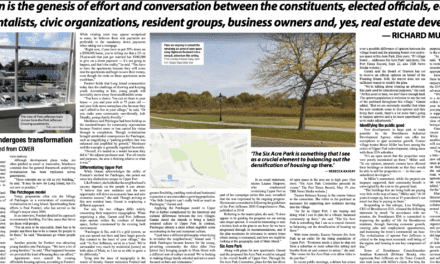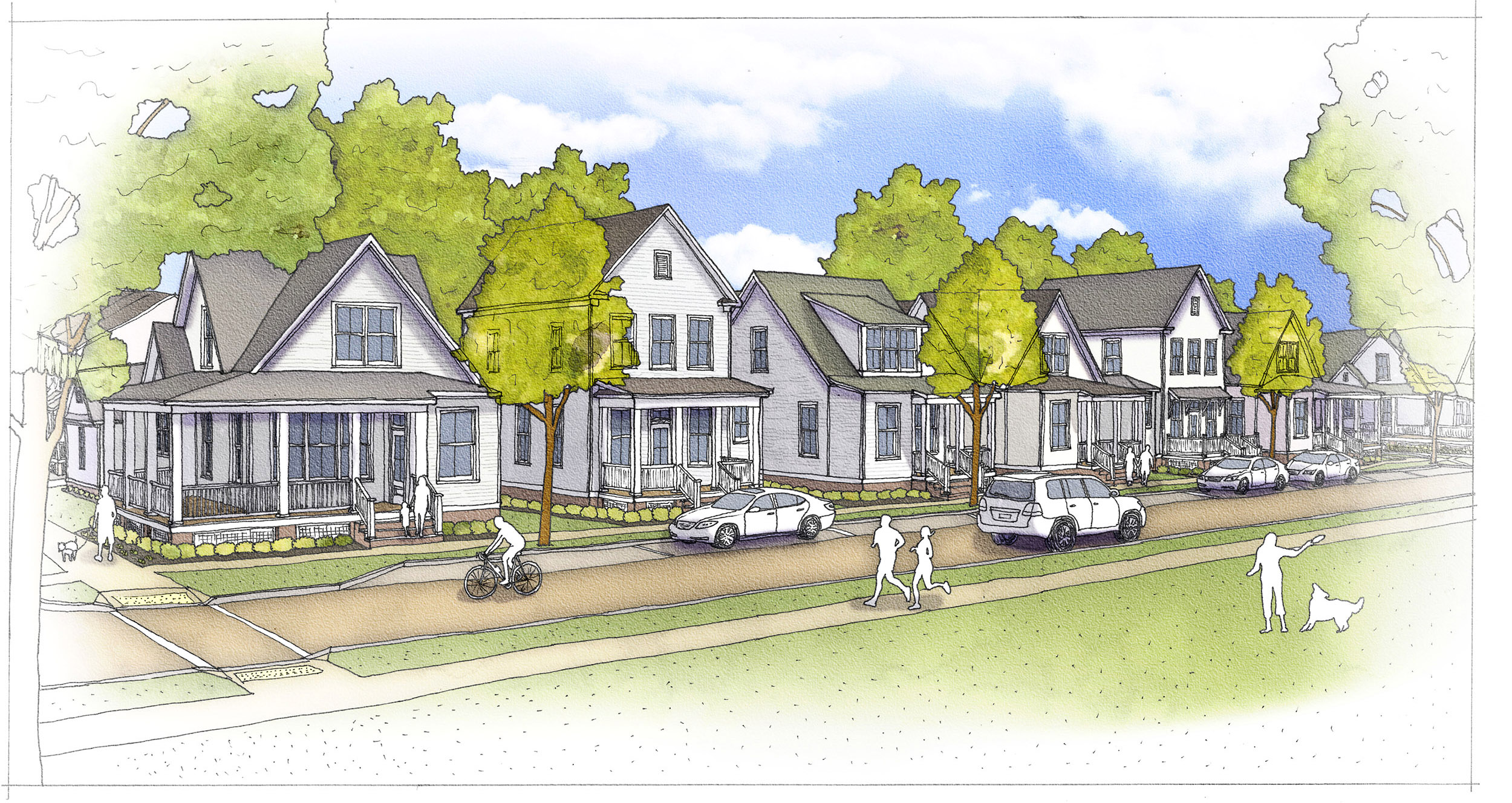The following was written for Long Island Pulse Magazine, and published on April 17, 2017. You can read the original here.
As reports of pending doom in the retail sector thanks to changing consumer habits continue to swirl, what can be said about the future of retail on Long Island? What about the massive amounts of acreage shopping centers and malls take up across Nassau and Suffolk Counties?
For months, article after article has been reporting that the nation’s retail sector is looming on crisis. Retailers in harder-hit suburban areas are attempting to adapt to a new normal, but it’s no secret that the current brick and mortar model must shift.
As retailers move towards what landlords have been calling “more consumer-oriented experiences,” the typical big-box landlords Long Islanders know and love, complete with their chain restaurants built on concrete pads and accompanying seas of asphalt, have struggled to reinvent themselves.
Things aren’t poised to get better either. There are more large-scale mixed-use projects of regional significance in the developmental pipeline across Long Island than ever before, signaling the regional retail market may very well be nearing its saturation point. Between Syosset Park, Heartland Town Square, the Ronkonkoma Hub and various other projects with a robust retail component, the already vacant storefronts in Nassau and Suffolk Counties will have an even more difficult time finding tenants.
What’s troubling is that analysis of retail trends seems to be divided. On one hand, real estate analysts say the Long Island market boasts low vacancy despite some of the highest rents and operating costs in the country, being driven by high demands. Despite the rosy forecasting within the industry, retail closures continue to dominate media headlines. Even Ralph Lauren’s flagship store located on Manhattan’s Fifth Avenue isn’t immune to larger trends—the company shuttered the high profile location in April.
Can we trust the commercial real estate industry to give honest assessment of what’s going on in the retail sector? Though there is money to be made (and lost) with bad forecasting, the industry shouldn’t be put into the position to self-police itself, nor should local policymakers trust their ability to do so.
At the same time, media outlets who aren’t embedded in the industry tend to oversimplify the nuances and complexities of development, and their alarm-raising headlines concerning the death of retail run counter to market reports that claim the opposite, leading to skepticism on the direness of the situation.
Regardless, change is coming, and our existing models aren’t helping with the establishment of sound policymaking.
As it currently stands on Long Island, the retail picture is bleak or positive depending on who one asks. Vacancies are down and forecasts are rosy, yet all around there are indications retail is looming on the verge of crisis.
Like it always is with real estate development, mistakes are costly, long-lasting and hard to reverse. What remains to be seen is as developers continue to build more and more retail, when will enough simply be enough? Heartland Town Square (Jerry Wolkoff’s massive redevelopment of the Pilgrim State Psychiatric Center) is proposed to create an additional one million square feet of retail usage when it reaches final build out. In addition, Setauket-based TRITEC Real Estate is pitching 545,000 square feet of retail within their Ronkonkoma Hub, and west of Route 110, developers of Syosset Park is looking to build yet some more storefronts within the mixed-use community. Granted, these larger projects will be fully realized in phases, but it is becoming concerning that retail continues to get pitched and built, yet the region’s current stock has been slow to be filled.
Things are likely to get worse, especially as stores like Macy’s, JC Penny and Sears continue to reduce their sizable physical footprints. Due to the fact that most of these large locations on the chopping block serving as anchor tenants for strip shopping centers and shopping malls, these closures will resonate farther than most. It’s never good to have an empty storefront, yet alone a highly visible multi-level department store on a property. All one has to do is ask the landlords who once had Pathmark or Waldbaums supermarkets as tenants about their difficulties filling the vacancies.
As the dynamics of retail change, it falls onto the shoulders of elected officials and policymakers to not only understand the looming problem, but adapt their local zoning to ensure Long Island’s shuttered retail centers don’t become a blight in the community. One bright spot in this regard is the Town of Oyster Bay, which is already laying the groundwork with Seritage Growth Properties, a real estate investment trust, to replace the Sears store in Hicksville with anywhere from 400 to 600 apartments. Included in their proposal is an array of retail stores, albeit at a smaller scale from the massive department store the project will be replacing. At least the Town is trying to have a plan in place–most municipalities take a “wait and see” approach.
It’s now up to local governments of Nassau and Suffolk Counties to ensure that the retail crisis, and the mess of empty storefronts that comes with it, doesn’t economically drag the region down with it.
Richard Murdocco regularly writes and speaks on Long Island’s real estate development issues. He is the founder and publisher of The Foggiest Idea, a public resource for land use in the New York metro region, and received his Master’s in Public Policy at Stony Brook University, where he studied regional planning under Dr. Lee Koppelman, Long Island’s veteran master planner. More of his views can be found on www.TheFoggiestIdea.org or follow him on Twitter @TheFoggiestIdea. You can email Murdocco at Rich@TheFoggiestIdea.org.











